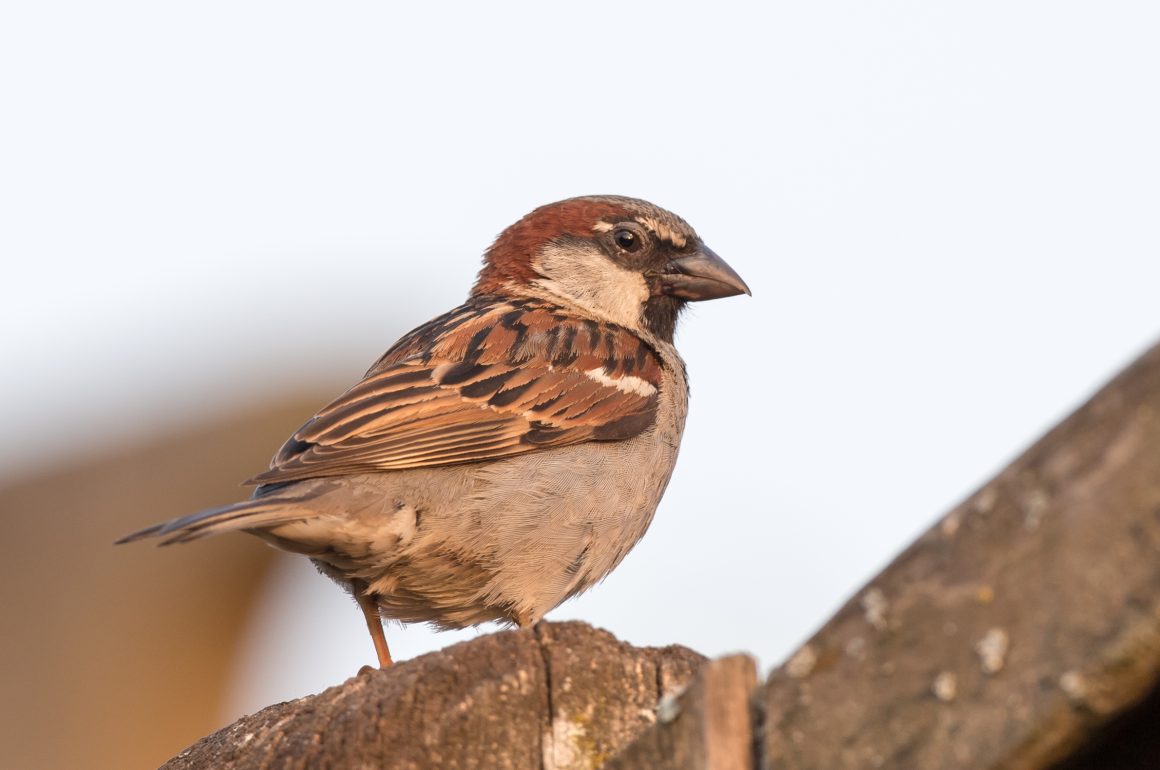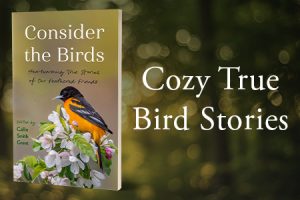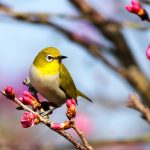
You may wonder why on earth anyone might ask this question, or how to answer it. Here is the story behind it.
Two researchers wanted to know how human behavior toward birds affects them. So, they first asked people in Berlin and in Seattle if they liked birds – did they feed them or rather shushed them away (or even shot them)? The result: Residents of Berlin encouraged birds more than residents of Seattle did, while Seattleites discouraged birds more than Berliners (point for Germany, though I have been living elsewhere for so long now that I cannot say I contributed to this in any way).
So, that is the answer to the question above. But it was only the start of the research. The main work was to check flight initiation distances for different species in both cities – how close can you get to a bird before it flies away? Here, the strongly discouraging behavior of people in Seattle, particularly in rural areas, meant that the birds there flew away earlier. So, the birds were indeed affected by human behavior toward them.
Another finding was that these flight initiation distances are shorter in urban than in rural areas. So, next time you want to get a close-up of a rare bird, try to find it in the city center rather than in a field.
Cover photo: House Sparrow, one of the species included in the study













Ever President Kennedy claimed to be a donut, I have liked Berlin – now I know why.
Correction, Peter – Kennedy did not say “I am a donut”. He – trying to make points with Jewish voters – said “I am a bagel”.
For all those bewildered readers – Kennedy said (at the Berlin Wall, remember that one?): Ich bin ein Berliner! The word “ein” leads to a confusing discussion between a German and a Dutchman about types of pastry, on a birding website. Ignoring all that: Berlin is a very cool city with quite a few birdwatching sites https://birdingplaces.eu/en/birdingplaces/germany/blankensee for example or https://birdingplaces.eu/en/birdingplaces/germany/rixdorfer-teich in the heart of the city